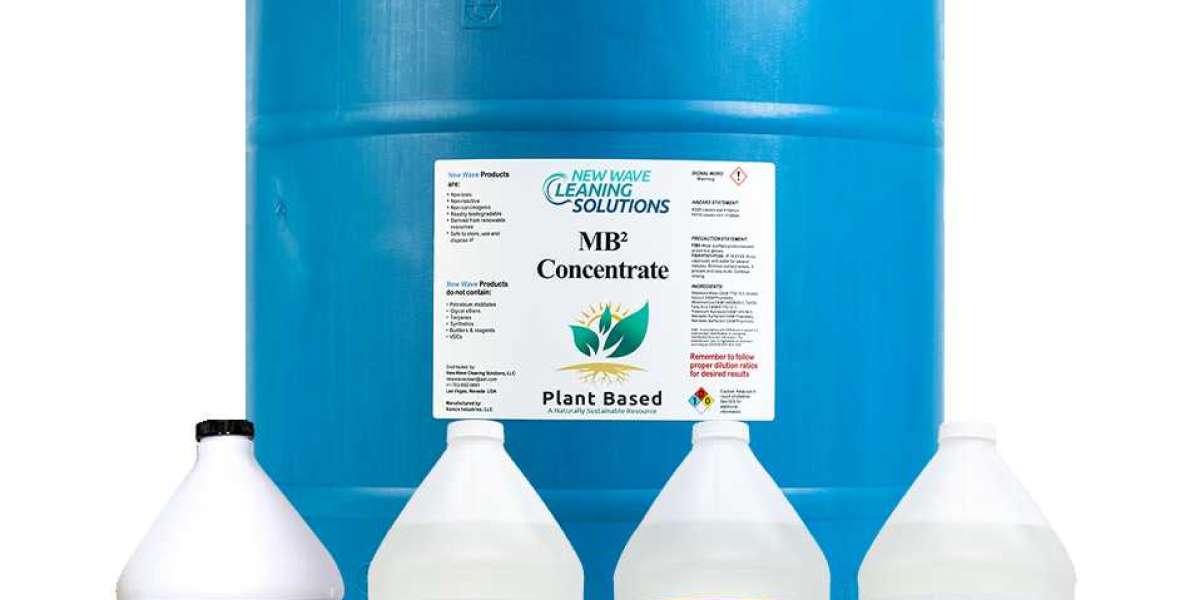In today’s world, maintaining cleanliness is more than just a good habit—it’s a necessity. Hygiene cleaning solutions play a crucial role in preventing illnesses, ensuring safety, and promoting well-being in homes, businesses, and public spaces. Whether you run a commercial establishment or want a germ-free home, using effective cleaning solutions is key to a healthier environment.
This article explores why hygiene cleaning solutions are essential, how they contribute to health and safety, and the best practices for keeping your space free from harmful germs and bacteria.
The Importance of Hygiene Cleaning Solutions
1. Prevents the Spread of Germs and Diseases
One of the primary reasons for using hygiene cleaning solutions is to stop the spread of bacteria, viruses, and fungi. Dirty surfaces can harbor harmful pathogens that cause diseases like the flu, colds, and foodborne illnesses. Regular disinfection with effective cleaning products helps eliminate these risks and keeps people safe.
2. Enhances Indoor Air Quality
Dust, mold, and allergens accumulate in indoor spaces, leading to respiratory problems and allergic reactions. Proper hygiene cleaning solutions reduce airborne pollutants, improving indoor air quality and making it safer for everyone, especially those with asthma or allergies.
3. Creates a Safe Working and Living Environment
Whether in offices, restaurants, or homes, cleanliness reduces hazards like slips, falls, and cross-contamination. Businesses, in particular, must follow strict hygiene protocols to ensure employee and customer safety. Using the right cleaning solutions minimizes risks and keeps environments hazard-free.
Key Components of Effective Hygiene Cleaning Solutions
Not all cleaning products are created equal. The best hygiene cleaning solutions contain ingredients that effectively remove dirt, disinfect surfaces, and leave spaces smelling fresh. Here are some essential components:
1. Disinfectants
Powerful disinfectants like bleach, hydrogen peroxide, and alcohol-based cleaners kill germs on contact, reducing the risk of infection.
2. Antibacterial Agents
These help eliminate bacteria commonly found in kitchens, bathrooms, and high-touch surfaces like doorknobs and countertops.
3. Eco-Friendly Ingredients
Green cleaning solutions made from natural ingredients like vinegar, baking soda, and essential oils provide a safer alternative to harsh chemicals while maintaining effectiveness.
4. Multi-Purpose Cleaning Properties
The best hygiene cleaning solutions work on multiple surfaces, from floors to furniture, reducing the need for excessive cleaning products.
Industries That Rely on Hygiene Cleaning Solutions
1. Healthcare Facilities
Hospitals, clinics, and nursing homes require the highest level of cleanliness to prevent the spread of infections. Medical-grade disinfectants are essential in these environments.
2. Food Service Industry
Restaurants and food processing plants must maintain strict hygiene standards to prevent food contamination. Sanitizing surfaces and equipment is crucial to comply with health regulations.
3. Schools and Daycares
Children are more vulnerable to germs, making hygiene cleaning solutions vital in educational settings. Regular cleaning of desks, toys, and play areas helps keep students healthy.
4. Offices and Commercial Spaces
Workplaces with high foot traffic need consistent cleaning to keep employees and customers safe. Proper sanitation of shared spaces like kitchens, restrooms, and conference rooms is necessary.
5. Hospitality Industry
Hotels, resorts, and Airbnb properties must ensure guest safety by using proper hygiene cleaning solutions. High-touch areas like bed linens, bathrooms, and remote controls require regular sanitization.
Best Practices for Using Hygiene Cleaning Solutions
To maximize the effectiveness of hygiene cleaning solutions, follow these best practices:
1. Use the Right Cleaning Products
Different surfaces require different types of cleaning solutions. Using the wrong product can damage materials or be ineffective at killing germs.
2. Follow Proper Cleaning Techniques
Simply wiping a surface isn’t enough. Let disinfectants sit for the recommended time before wiping to ensure bacteria and viruses are destroyed.
3. Clean High-Touch Areas Frequently
Door handles, light switches, keyboards, and phones are breeding grounds for germs. Regularly disinfecting these areas helps prevent the spread of illness.
4. Maintain a Cleaning Schedule
Whether for homes or businesses, a regular cleaning routine ensures consistency and reduces the risk of contamination.
5. Store Cleaning Supplies Safely
Keep hygiene cleaning solutions in a safe place, away from children and pets. Always follow storage guidelines to prevent spills and accidents.
The Future of Hygiene Cleaning Solutions
With advancements in technology and increasing awareness of hygiene, the cleaning industry is evolving. Innovations such as electrostatic sprayers, UV light sanitation, and biodegradable disinfectants are shaping the future of hygiene cleaning solutions. More people are opting for eco-friendly products that provide effective sanitation without harmful chemicals.
Conclusion
Maintaining a clean and safe environment is essential for health and well-being. Hygiene cleaning solutions play a crucial role in preventing diseases, improving indoor air quality, and ensuring safety in various industries. Whether at home, in the workplace, or in public spaces, using the right cleaning solutions helps create a healthier world for everyone.
By implementing proper hygiene practices and investing in quality cleaning products, individuals and businesses can contribute to a cleaner and safer environment. Don’t wait until illness strikes—start incorporating effective hygiene cleaning solutions into your daily routine today!











